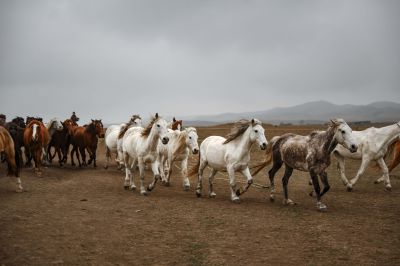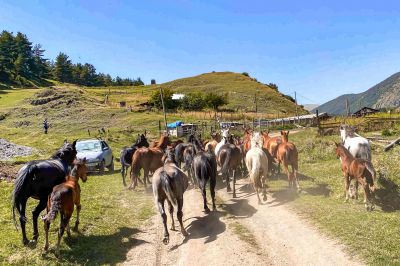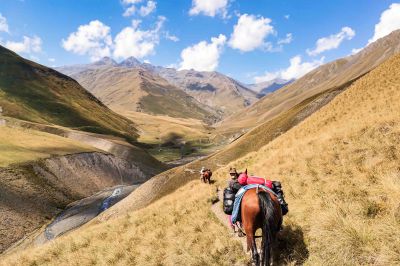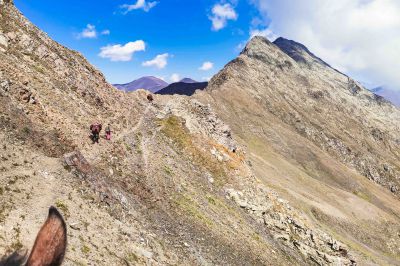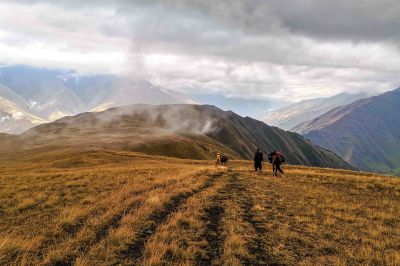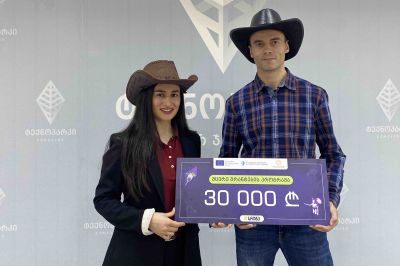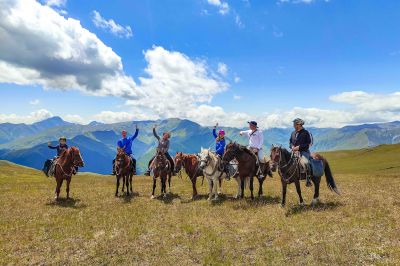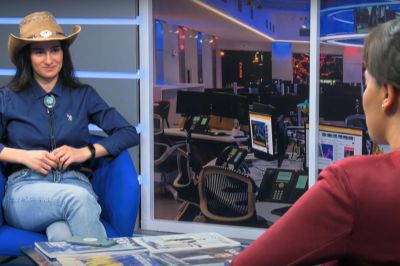 Blog
Blog
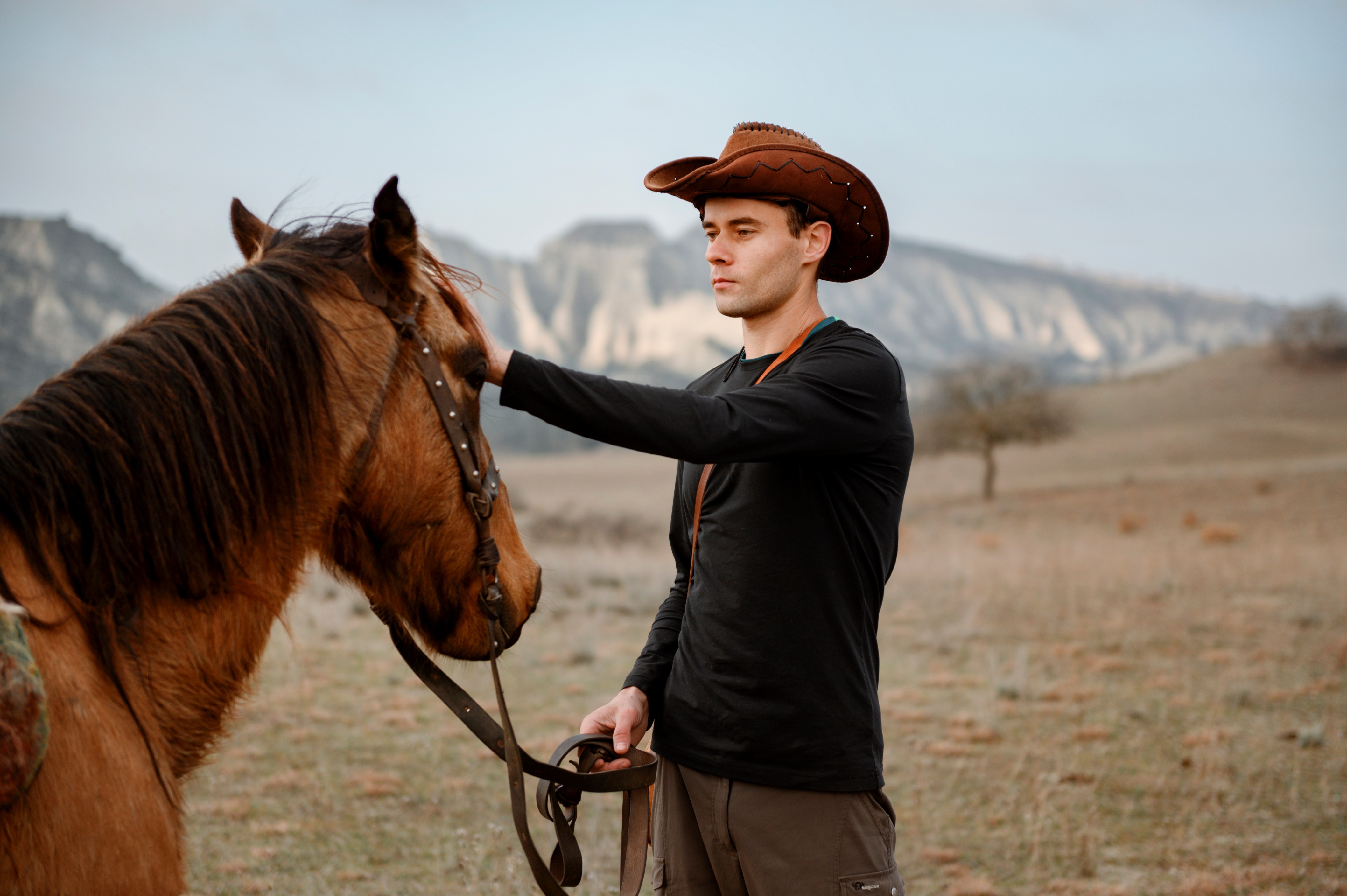
About Horses - 2021-12-23
Body language of a horse
Horses do not utter words, but with their distinctive body language, it is very easy to speak to them.
The eyes, ears, lips, skin, limbs, and tail are the parts of the body by which the horse expresses mood, pain, and emotion. Communicating with horses and observing them will help you to learn their language.
Let’s start with the ears first. Horse ears as well as limbs are very sensitive parts that are driven by nerve endings. If a horse with its ears pricked back is a sign that it does not like the behavior around it, be it caused by a human, a horse, or any other animal. At such times, defensive actions such as biting, kicking, or hitting the torso are expected from the horse. Some horses tend to bend the ears behind and move the lip to the front when approaching a human, as they do not want to stand or sit on the expected saddle, in which case caution is needed to avoid the defensive action expected from the horse.
If you are riding a horse and the rider is coming behind you, you should pay attention to the horse's ears, because if the back rider comes close to you, a distance that might cause your horse discomfort is expected to kick him in the back, often it ends injuring the rider. Your horse with a bend behind its ears and a sharp movement of its head sends a warning signal to the horse in the back, which most likely the horse will not notice, and only you can avoid the impending injury to the next rider with a sharp movement of the bridle and a light push of the back.
The horse can make sharp movements of the skin anywhere on the body, which was developed to protect against insects. If you are touching a horse, scrubbing, or checking for damage to its skin and a sharp movement of the skin has started, it is best to stop touching its skin unless it needs some kind of necessary medical attention.
If you notice that the horse is limping and there is no superficial injury or swelling, be sure to manually test the entire length of the limb and find the cause of the lameness. When you touch the place where the horse has the pain, it will inevitably make a sharp movement, which is often due to raising the leg or taking a step. If such a superficial examination is not able to detect the lesion, it is necessary to examine the hoof with a medical hammer or similar instrument, with a light blow on it from all sides. You should also pay attention to body temperature. There are cases where at first glance the lesion is not marked but the hoof, or any part of it, is warm compared to other parts of the same limb.
Pricked up the ears, raising the head above, and firing in one place is a sign that something has caught the horse's attention, it may be caused by movement unnoticed by human sight and hearing, or noise and such behavior of the horse should be taken as a warning.
When riding a horse, if you notice that the horse's neck and head are tilted down relative to the torso, it is a sign that the horse is tired and needs to rest, even if breathing is not frequent.
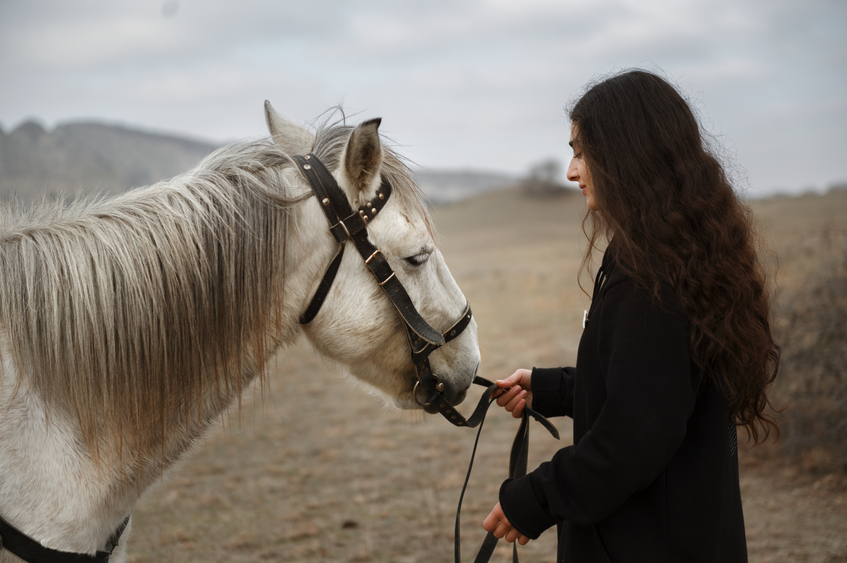
There are cases when the horse bleeds from the nose, which is caused by excessive riding and overheating and you should rest. This is even good on the one hand, as it has prevented the horse from falling and dying from rising pressure. If the horse has fallen from riding and overheating and can’t stand, if you do not have the appropriate medical equipment, you must rub the skin so that it bleeds. If you do not have a sharp object, then a stick or other thin and long object should be inserted into the nostril to draw blood. This is the only way to save a horse.
"Urine suffocates" is one of the worst and deadliest cases that can only be caused by human negligence. At such times the horse has difficulty urinating, or can no longer do so at all, which can lead to death. It should be noted that this can only happen to a stallion, or a gelding horse, when traveling long distances, a mare horse does not suffer from a similar problem. An hour to two hours after the start, you must stop, get off the horse, pull the reins to graze the grass, and wait until the horse urinates, only then continue to move to avoid "urine suffocating". You can determine the time from the first break to the second break based on your and the horse's abilities.
The neigh, snorting and whistling-like sound that only a stallion emits is the sounds of the horse in different tones and sounds. Use each of them according to the situation. The neigh is used more often as a sign of exclamation. Horses can find horses over long distances, as other horses usually respond by neigh and not just by smell will have to find them. The neigh also uses the address of its owner if it is hungry or threatened by a wild predator.
Low tone neigh is the sound of a voice when the horse sees you with hay or salt in your hand and realizes that it is for it, so it expresses gratitude and feels that it is hungry, thirsty, wants salt, barley, or oats, whatever horse love. The horse also neig
